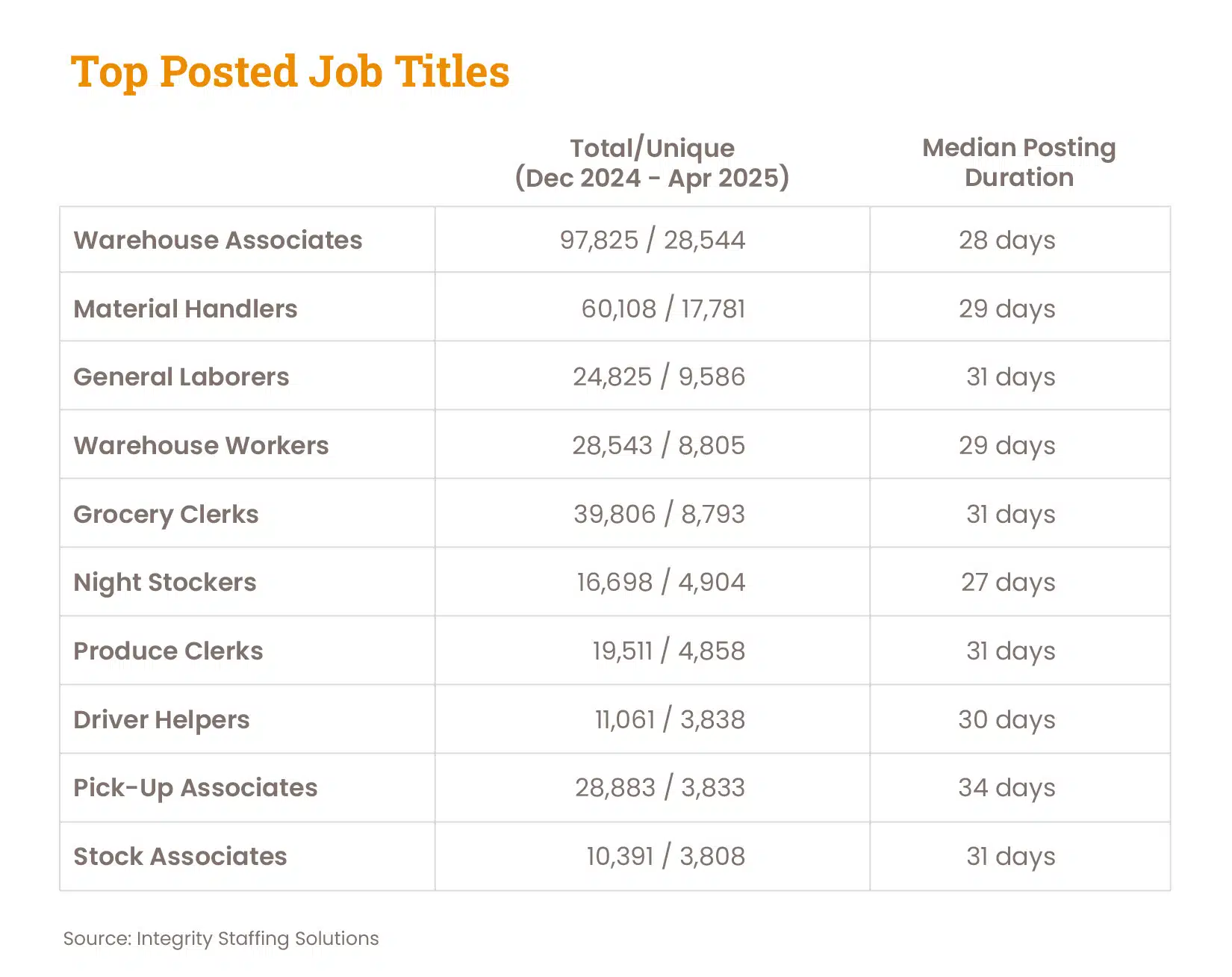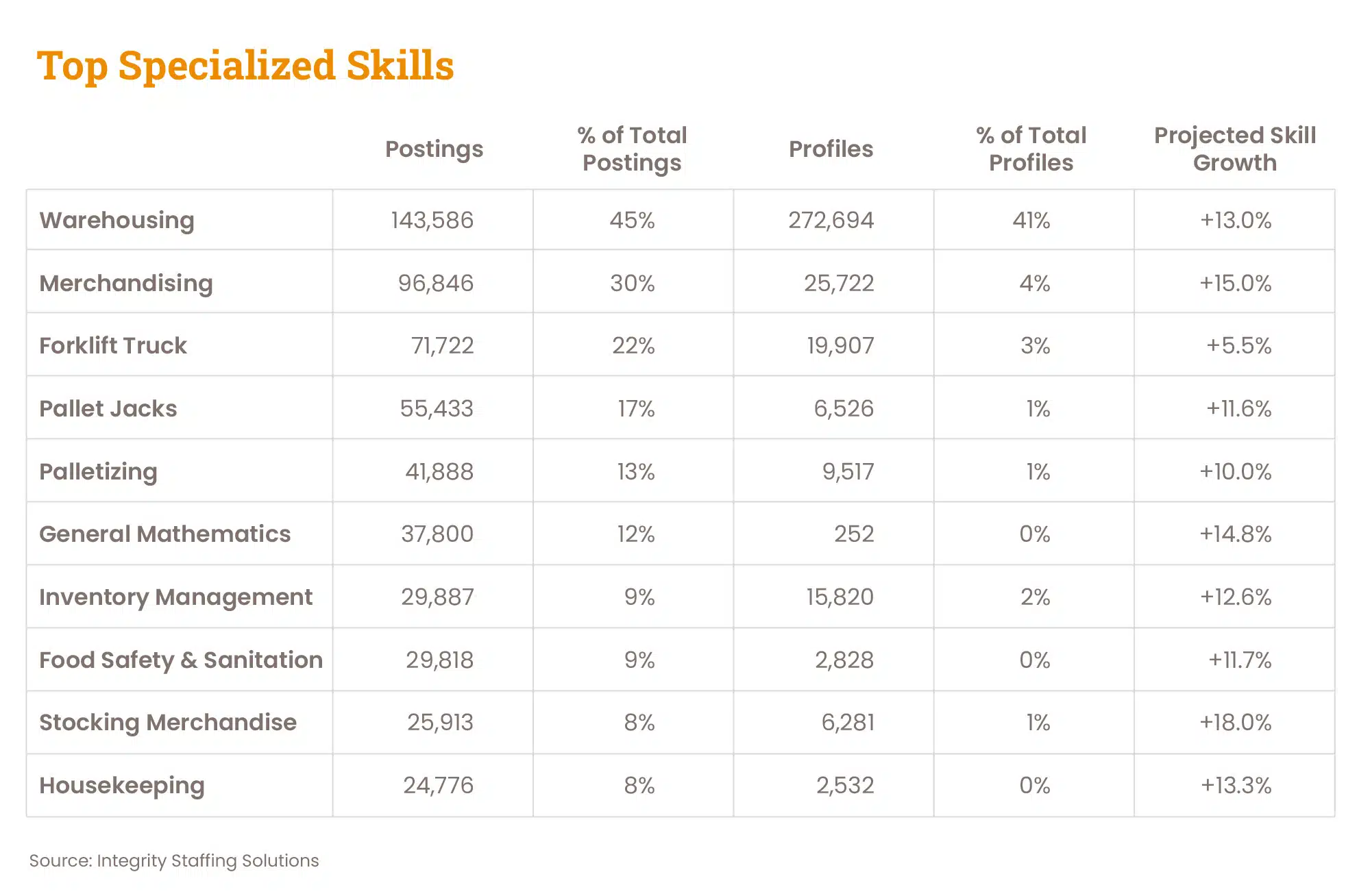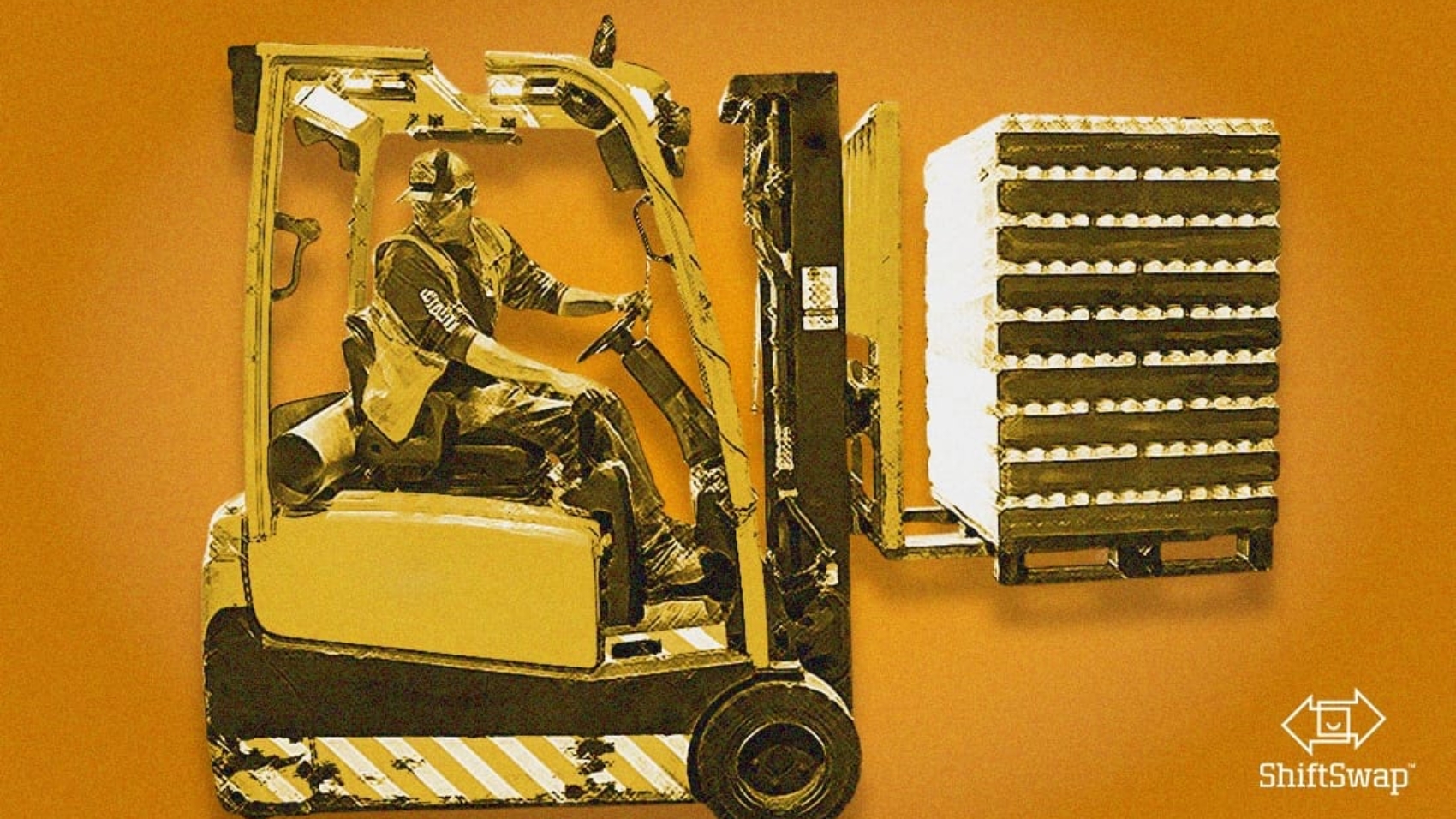The Growing Demand for Skilled Hourly Workers
The 2025 U.S. job market in the warehouses and logistics industry has been undergoing various shifts. Employers are not only posting more job openings but are also looking for skilled hourly workers and finding it tough to fill these positions quickly. According to a report by Integrity Staffing Solutions, over 320,000 unique warehouse-related jobs were posted between December 2024 and April 2025.
As Tim Jay points out in his article “U.S. Warehouse Labor Market Tightens as Demand for Skilled Hourly Workers Surges,” the industry is operating under intense pressure. States like Texas, California, and Florida are at the forefront of this hiring boom. The outcome? The competition for skilled warehouse workers is incredibly fierce, prompting organizations to reassess their hiring timelines, the qualifications they require, and what they offer in the workplace.
Let’s break down what’s behind the current labor trend and what it means for the future of frontline employment.
Warehouse Job Openings Are at an All-Time High
The warehouse and logistics sector has seen a staggering increase in unique job postings, adding hundreds of thousands in just five months. These openings have come from over 39,000 different employers nationwide, highlighting a broad demand across various industries, including retail, e-commerce, manufacturing, and delivery services.
The roles that are in highest demand include Warehouse Associates, Material Handlers, Forklift Operators, and General Laborers. In fact, Warehouse Associates alone made up nearly 100,000 postings during this timeframe, with an average posting duration of 28 days. The stats indicate that positions are taking longer to fill, with open roles remaining unfilled for almost a month on average, pointing to a widening skills gap.

The intensity of job postings remains high in grocery stores, department stores, home improvement centers, and fulfillment-related sectors. Employers are not just increasing their hiring but are doing so urgently and often for the same positions repeatedly.
What Skills Are Employers Looking For?
As job openings continue to rise, so does the need for specific skills. Recent labor market data shows that “warehousing” and “merchandising” are at the top of the list for specialized skills in job postings, with forklift operation and inventory management not far behind.
Interestingly, when comparing job postings to worker profiles, there’s a noticeable mismatch. For example, 45% of all postings require warehousing skills, but only 41% of worker profiles list that skill. Forklift certification is another common requirement, yet only a small fraction of the workforce has it.
Here are some of the specialized skills that are on the rise:

The main takeaway here is that employers are looking for practical, hands-on skills that don’t necessarily require a college degree. 77% of job postings didn’t ask for any prior experience, and 63% didn’t specify an education level.
This shift points toward a skills-first labor market, where candidates who possess job-readiness and safety knowledge are far more valuable than those with traditional degrees.
Qualifications That Stand Out
As the competition for hiring heats up, certain certifications and licenses are becoming essential for standing out in the job market. The most sought-after qualifications include:
- Valid Driver’s License (33,000+ postings)
- Forklift Certification (13,000+ postings)
- Food Handler’s Card
- CDL Licenses (A, B, and C)
- Pallet Jack Certification
- First Aid Certification
While none of these require a university degree, they highlight a growing focus on workplace safety, equipment handling, and reliability. For employers, this means they need to either find workers who already have these credentials or invest in training programs to help new hires get up to speed quickly.
Education and Experience Requirements Are Changing
Most warehouse jobs are open to people with little formal education. Only 2% of job listings require a bachelor’s degree, and just 1% ask for an associate degree. A whopping 63% of postings don’t mention any educational requirements at all. The hiring trend confirms a significant change: hiring is increasingly focused on readiness, not resumes.
When it comes to experience, the requirements are also pretty relaxed. Only 6% of jobs are asking for two to three years of experience. 17% want one year or less, and more than three-quarters (77%) of postings don’t specify any experience needed.
The shifting labor environment presents a clear opportunity for younger or less formally educated workers to access higher-paying jobs, particularly those who pursue key certifications or demonstrate the ability to work in warehouse environments.
Next Steps for Employers
These differences in the labor market are prompting employers to rethink their hiring, training, and retention strategies. On average, job postings stay open for nearly a month. So, companies that take too long to make decisions or stick to outdated hiring practices risk losing candidates to quicker competitors.
Here are three important takeaways for companies navigating today’s warehouse labor market:
- Focus on Fast, Skills-Based Hiring
Employers who simplify their application and onboarding processes will attract the best talent. By removing unnecessary education or experience requirements and concentrating on proven skills, they can expand their talent pool and speed up hiring.
- Invest in Entry-Level Development
Since many job seekers lack qualifications like forklift certification or food safety credentials, providing fast-track training programs can help companies stand out. These investments lead to better productivity, higher morale, and improved retention.
- Balance Flexibility with Operational Demands
Many of the roles in high demand—warehouse associates, pick-up staff, night stockers—require round-the-clock coverage. However, hourly workers are also seeking more control over their schedules. By incorporating flexibility into shift management and allowing employees to claim or cover shifts, businesses can ensure they maintain coverage while keeping morale high.
The Rise of the Skilled Warehouse Worker
It’s time we acknowledge that warehouse jobs are no longer just “low skill.” The individuals who are driving today’s logistics, managing inventory, and fulfilling orders are often navigating complex systems, adhering to safety protocols, and ensuring that entire supply chains run smoothly. These are skilled warehouse workers, and their importance is growing rapidly.
Industries that depend on warehousing, such as retail, grocery, shipping, and manufacturing, must stay ahead of labor trends and treat their frontline workforce as a strategic priority. That means not just reacting to openings, but building systems that support long-term worker engagement and success.
The increasing demand for skilled warehouse workers is indicative of more than just a thriving sector; it highlights a broader shift in how companies should approach hiring and workforce development. By emphasizing readiness, eliminating outdated hiring barriers, and nurturing growth among frontline workers, businesses can fulfill their labor needs while building stronger teams.
As the labor market continues to evolve, platforms like ShiftSwap™ can facilitate this transition by streamlining shift management and empowering both hourly workers and supervisors. Learn more at Shift-Swap.com.
Start Planning for Success
Schedule a demo with ShiftSwap™ today and learn how to streamline your workforce management.

